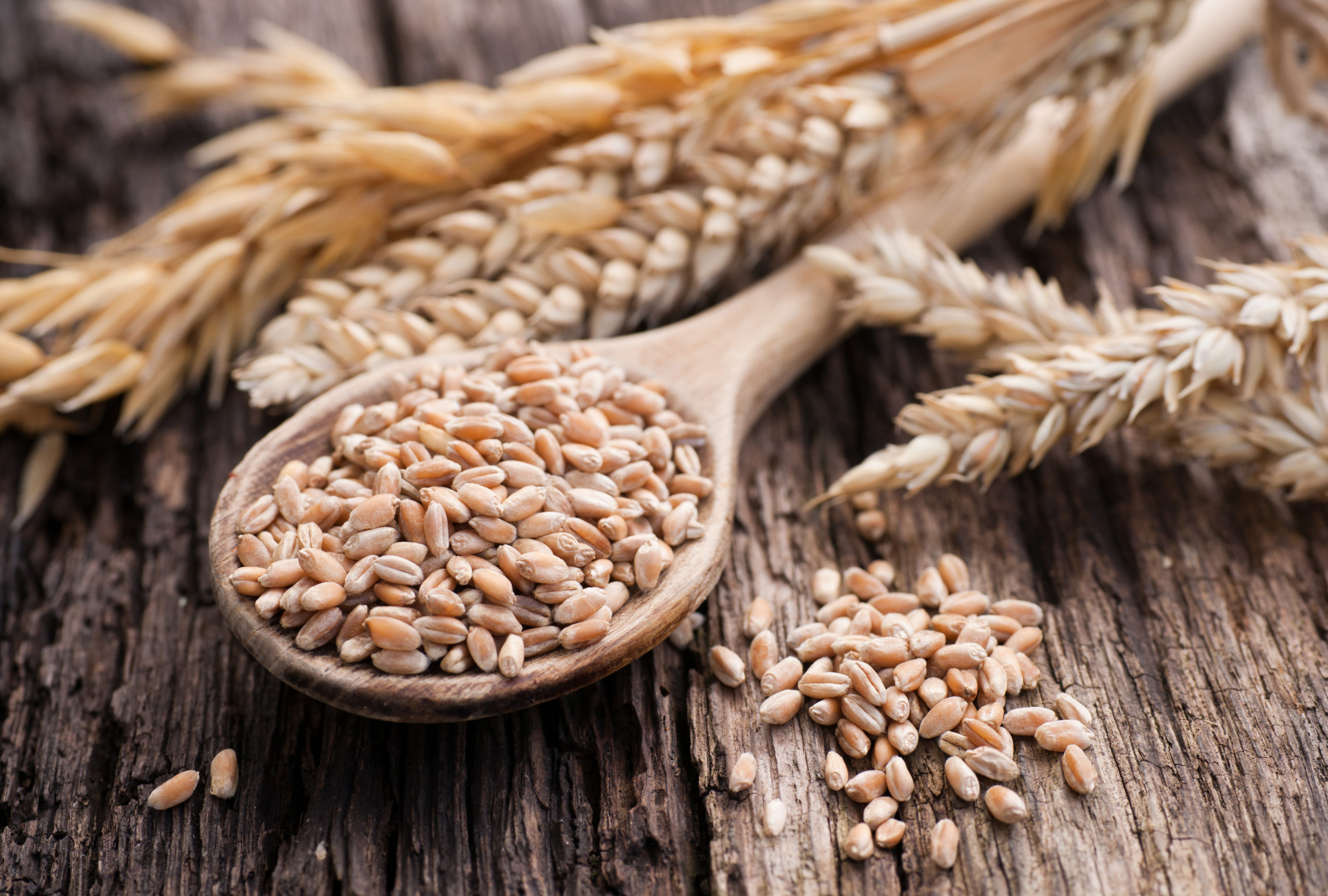Here’s what whole-grain means and how to identify these healthier products.
Believe it or not, you’re likely eating whole grain foods without knowing it — and that’s a good thing. The movie theater popcorn you munched on last night or the warm bowl of apple cinnamon oatmeal you popped in the microwave this morning are both whole-grain foods. However, despite national recommendations and the 2015-2020 Dietary Guidelines, Americans continue to eat more refined rather than whole grains in their diets. Take a peek at this whole-grain guide to become a more educated consumer and incorporate whole grains into your life.
What is a whole grain?
All grains are the seeds of grasses and are considered to be whole grains in their natural state. By definition, a whole grain is a grain that contains three parts: the bran, germ and endosperm.
1. Bran: Contains B vitamins, fiber and minerals.
2. Germ: Contains antioxidants, B vitamins and vitamin E.
3. Endosperm: Contains carbohydrates and protein.
Unlike refined grains, whole grains maintain all three nutrient-rich parts of the grain kernel during processing. Refined grains, such as white flour and white rice, are missing one or more of these three distinct parts. As a result, refined grains are often “enriched” to add back missing nutrients; however, the nutrients are added back in different amounts and are not considered “complete” like whole grains are.
One whole grain serving = 16 grams
Common whole grains include:
• 100 percent whole-wheat bread • Barley • Corn • Oats • Popcorn • Quinoa • Rice (brown) • Whole grain pasta/crackers/cereal (hot or cold)
Health benefits of whole grains
Whole grains provide a variety of health benefits. Research has shown that whole grains:
- Reduce constipation – whole grains help maintain healthy bowels.
- Aid in weight management – whole grains keep you full for a longer period of time, therefore reducing hunger.
- Reduce the risk of certain cancers, heart disease and type 2 diabetes.
- Provide fiber, minerals and vitamins necessary for overall health.
How much is enough?
It is recommended that half of grain intake come from whole-grain sources. Choose MyPlate is an educational resource for understanding the daily recommendation for both grain and whole-grain foods based on sex and age.
What about the term “multigrain?”
Foods labeled as “multigrain” are considered a “partial whole-grain food” because they contain a combination of both whole and enriched grains. While they do not contain 100 percent whole grain, multigrain foods can help you reach your daily whole-grain goal.
Identifying whole-grain products
Follow these three simple steps for identifying and selecting whole-grain products while shopping at the grocery store:
- Check the front of the package. Scan the front of the product package for terms such as “whole grain/oats,” “100% whole wheat” or “brown rice.”
- Read the ingredient list. The first three ingredients listed should contain a key term such as “100% whole wheat flour or whole wheat flour,” “whole oats or whole oat flour,” “whole grain cornmeal,” “stoneground whole (grain)” or “wheatberries.”
- Look for additional claims or logos.
• Claims: Products that have the U.S. Food and Drug Administration’s whole-grain health claim on the front of the package contain whole-grain ingredients. Look for this statement: “Diets rich in whole-grain foods and other plant foods and low in total fat, saturate fat and cholesterol may reduce the risk of heart disease and some cancers.”
• Logos: The Oldways Whole Grain Council has approved two types of Whole Grain Stamps. Check to see if the product has one of the following yellow and black stamps:
— Basic Stamp: Must contain 8 grams of whole grains (a one-half serving of whole grains); can also include refined grains.
— 100% Stamp: Must contain 16 grams of whole grains (one serving of whole grains); all grain ingredients are whole grains.
Important note: Fiber content alone does not indicate a whole-grain food. Checking the label for the amount of fiber will not reveal whether or not a product truly contains whole grains.

